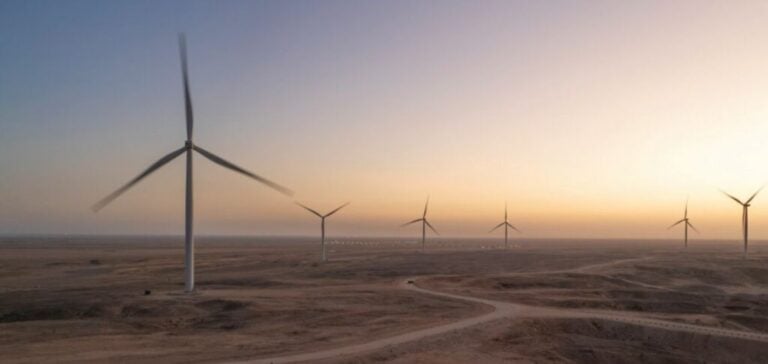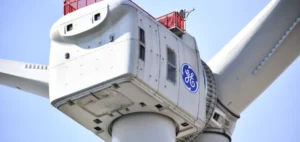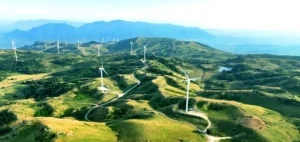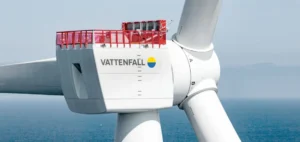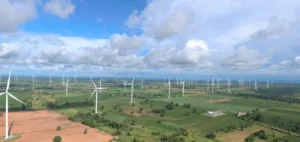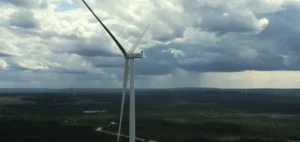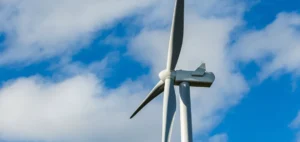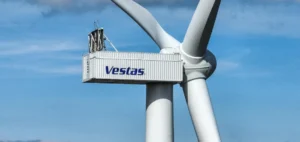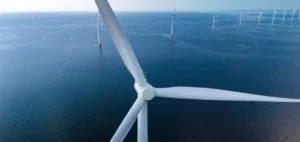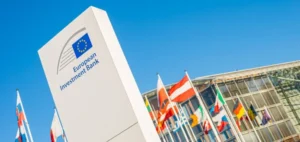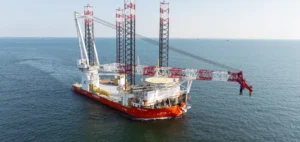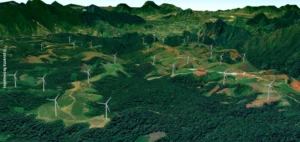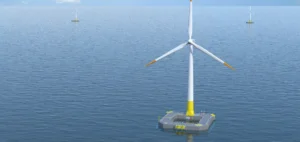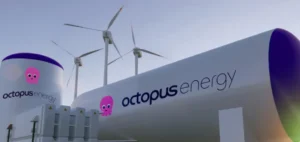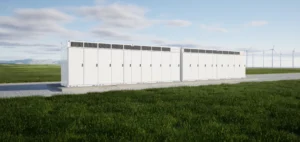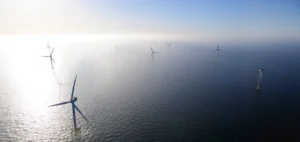Petroleum Development Oman (PDO), the country’s leading oil and gas producer, recently announced significant progress in its renewable energy project initiatives. The Riyah-1 and Riyah-2 wind projects, each with a capacity of 100 MW, will be located at Amin and Nimr West, in the southeast of the PDO concession. These projects exploit wind resources with average wind speeds of 8 meters per second.
A 12-month feasibility study, including an on-site measurement campaign, identified the best wind farm layout, the optimum position and the most suitable wind turbine model for calculating the expected energy yield. Work on the two wind farms is scheduled for completion by the second quarter of 2026.
Tender process and timetable
Following a call for tenders launched in April 2023, PDO is currently evaluating the technical and commercial offers received from several developers. The development of the Riyah-1 and Riyah-2 wind farms is a key step for PDO in diversifying its energy sources.
At the same time, PDO is developing the North Solar IPP, a 100 MW solar photovoltaic project located near the Qarn Alam airport in the north of the country. Scheduled for completion in the fourth quarter of 2025, the project is designed to strengthen PDO’s energy infrastructure by adding further solar capacity to its portfolio.
PDO’s energy strategy
These initiatives are part of PDO’s strategy to diversify its energy sources and improve its energy efficiency. By increasing its renewable energy production capacity, PDO is reducing its dependence on fossil fuels, optimizing its operating costs and increasing its resilience to oil price fluctuations.
PDO is also pursuing other innovative projects, such as the introduction of solar systems on the roofs of its buildings and the adoption of new technologies to improve its operations. These projects demonstrate PDO’s commitment to modernizing its energy infrastructure while striving to remain competitive in the global energy market.


